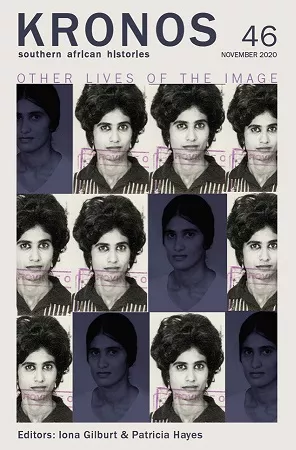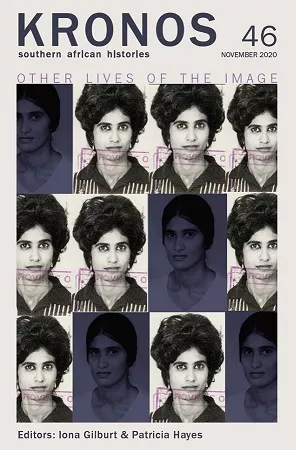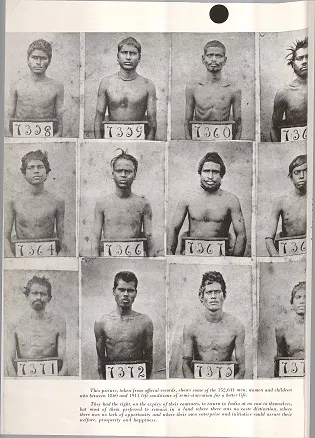
The Brown Photo Album: An archive of Feminist Futurity
Jordache A. Ellapen has published an article and photo-essay titled “The Brown Photo Album: An Archive of Feminist Futurity” in Kronos: Southern African Histories, special issue titled: Other Lives of the Image.

This article focuses on Dr. Ellapen’s mother’s studio photographs shot between the mid 1950s to the late 1960s in an Indian run studio in Ladysmith, Natal. The article grapples with how to read a photo-archive of an Indian South African woman one generation removed from the sugar cane plantations and coal mines where her parents were indentured in Natal, a former British colony. It also gestures towards the making of African Indianness in rural Natal and shifts the lens from hegemonic narratives of urban Indianness that have long been the focus of aesthetic and academic inquiry in South Africa. The article ends with a photo-essay, where Dr. Ellapen curates a collection of their mother’s studio photographs positioning this maternal photo-archive as a productive site of feminist and queer possibilities. The Brown Photo Album is a work-in-progress, an experiment, an iteration of a project, a praxis of refiguring family photos to understand what this archive can reveal about our past, presents and futures.

The editors of the special issue chose an image from The Brown Photo Album series for the cover of the issue, titled 16854|117331. The image references a much-circulated composite image of indenture identification photos of men taken when they disembarked on the shores of Natal. This image of indentured men, replicates the erasure of women from the archive, silencing their experiences and lives. The composite image created from Dr. Ellapen’s mother’s identification photos is a response to the image of the indentured men. Dr. Ellapen writes in the essay, “If the composite image of the indentured workers represents the faces of the many fathers, grandfathers and great-grandfathers who were indentured in Natal, I offer this image as a representation of the forgotten dreams, desires and pleasures of the many black, brown and blackened women whose will and autonomy have been obscured and remain largely illegible within official archives.”
